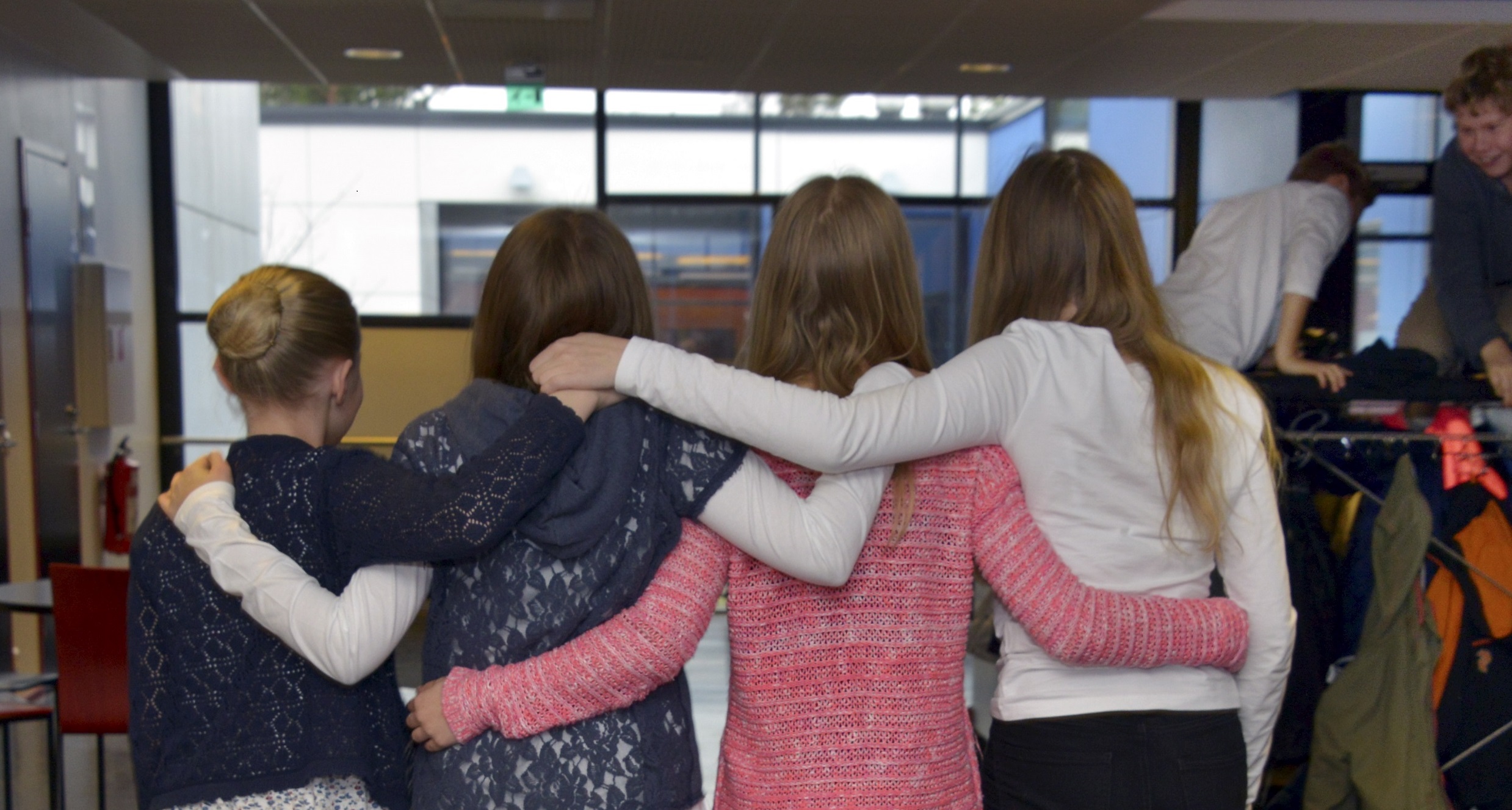Young people in Finland are interested in the circular economy and other themes surrounding sustainable development, but prefer to see and experience things in practice instead of learning while confined to their desks. It was with this in mind that the editorial staff on the Opettaja (The Teacher) magazine began to consider the next theme for Opintoretkiopas (The guide to educational visits). The guide is published annually by the Trade Union for Education in Finland and provides tips for teachers planning educational visits.
“The circular economy is in many ways a topical subject. With this guide, we want to give teachers an overall picture of what it is about and tell them how it is possible to familiarise pupils with it in practice,” says Marja Puustinen, editor-in-chief of Opettaja.
An informative perspective on the circular economy
The Opintoretkiopas readership comprises all teachers working in Finnish day-care centres, comprehensive schools, upper secondary schools and vocational institutions.
“In the guide, we have tried to take into consideration the different perspectives at different stages of education. In addition, it is important to introduce places for educational visits across the whole country,” Puustinen says.
Puustinen has not yet revealed the exact content of the guide that will come out in the autumn. However, she says that the places the guide will introduce include companies in the fields of agriculture, the wood-processing industry, and waste management and recycling.
The objective is to provide a broad introduction to the circular economy and also to include companies outside the recycling industry. Indeed, recycling is the very last stage of the circular economy, and value is accrued from materials as many times as possible before they reach the recycling stage.
“Through these companies, we will tell the reader what kind of occupations have emerged in connection with the circular economy.”
According to Puustinen, the guide will also include interviews with teachers who have already organised educational visits on the circular economy theme.
“Teachers who have knowledge about the subject area can usually give the best tips on how difficult and even complicated things can be translated into a form that children and young people understand.”
Making the teacher’s everyday life easier
Teacher Seppo Hietaranta teaches biology and geography at Olari school in Espoo, near Helsinki. He is already familiar with the circular economy, but thinks the forthcoming guide will be a great help when planning teaching.
“We welcome all material that makes everyday work at school easier and which is easy to use.”
In Hietaranta’s opinion, the guide is also valuable in that it provides practical tips on how educational visits can be organised. Teachers are busy and the fact that the guide contains the contact details of people responsible for welcoming visiting groups from schools makes their lives easier.
“What I hope the organisation receiving the educational visit will take into consideration is the starting level of the group. The way things are presented to primary school pupils must be different from how they are presented to pupils from upper secondary schools.”
Pupils want to try things themselves
Sustainable development has been made a cross-curricular theme of its own in the Finnish school curriculum. The theme is discussed in different subjects, but most of all in biology and geography classes. Pupils also familiarise themselves with the circular economy during separate theme days. For example, Olari school organises the “Environment and I” theme days every autumn, providing an opportunity for secondary school pupils to find out about the consumption of water and energy and the possibilities for consumers to make an impact through their choices.
According to Seppo Hietaranta, it is important for pupils to have an opportunity to experiment with things and participate themselves: “Just listening to teachers is not enough, they want activities. This can be realised through games and role play, for example. And we can use modern information technology to help.”

















Recommended
Have some more.